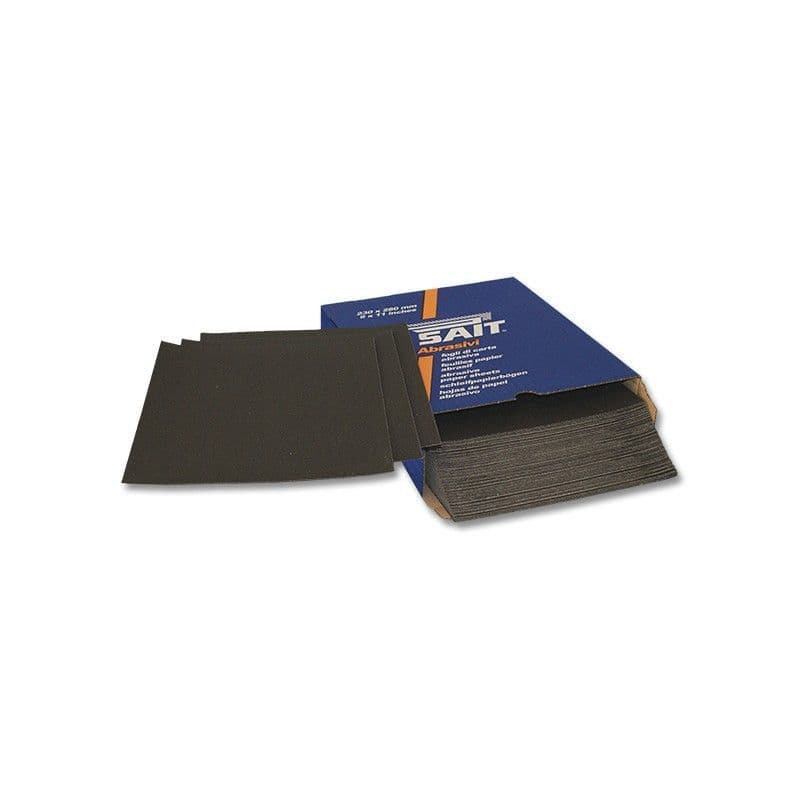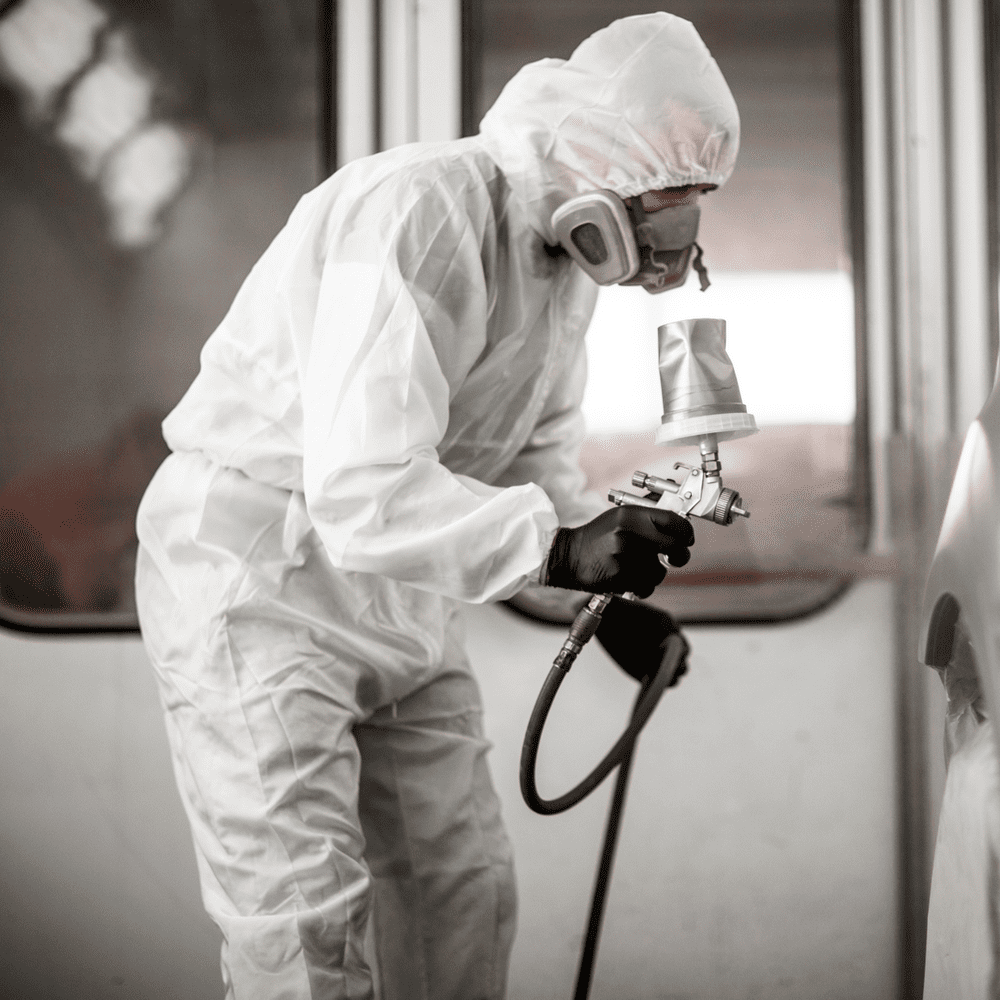Zinga Galvanising System
Zinga is a one-component anti-corrosion zinc coating system which contains a minimum of 96% zinc in the dry film. Its unique formula provides environmentally safe cathodic protection to steel comparable with hot-dip galvanising, with the added advantage that it can be applied as though it were a paint.
Zinga is available in 1kg, 2kg, 5kg, 10kg and 25kg tins.
Key features:
- Can protect longer than hot-dip galvanising (at the same dft)
- Can be applied on site
- Can be used to re-coat existing galvanising
- Existing layers of Zinga can be re-coated
- Excellent primer in Duplex system
- Good resistance to mechanical abrasion
- Excellent adhesion
- Extremely flexible
- Can be applied in extreme temperatures
- Weldable to X-ray quality
- Certified to not spread flame or create smoke (BS476 parts 6&7)
- Unlimited shelf-life and unlimited pot-life
- Can be used under powder coating, following a degassing process, as needed when degassing galvanised substrates. Will take 180oC metal temperature, typically gloss and semi-gloss powder curing schedules.
Zinga is an active zinc performance coating which works in conjunction with the metal beneath, whereas paints are passive barriers. Regardless of how thick paints are applied, they remain as barriers. Once they are breached corrosion sets in immediately. Despite this significant difference Zinga is still often mistaken for a paint simply because its liquid and comes in a tin. But there are other more subtle differences. For example it does not skin over in the tin because Zinga has an unlimited pot-life and it doesnt go tacky like a paint.

Active Protection
Cathodic protection, or active protection, arises from the zinc (the anode) sacrificing itself in favour of the base metal (the cathode) with the resulting flow of electrons preventing corrosions chemical reaction. In this way the protection of the metal is guaranteed, even when the zinc layer is slightly damaged. Other well established methods of cathodic protection include hot-dip galvanising (HDG) and zinc thermal spraying both of which exhibit a constant sacrificial rate of the zinc layer.
Within Zinga this sacrificial rate reduces dramatically after the zinc layer has oxidised and the natural porosity have been filled with zinc salts. Additionally the zinc particles within the Zinga layer are protected by the organic binder without adversely affecting the electrical conductivity. This enables Zinga to create nearly the same galvanic potential between the zinc and the steel as hot dip galvanising but with a lower rate of zinc loss because, put simply, the binder acts as a corrosion inhibitor to the zinc. Please see the Zinc Loss Prediction Chart further down this page for a estimate of expected zinc coating service life.
"The zinc in Zinga becomes the sacrificial anode in relation to the steel but it corrodes at a much slower rate than would otherwise be expected"(Extract from B.N.F. Fulmer report of JJB Ward, Oxfordshire, Jan '92)
If the Zinga layer is sufficiently damaged to expose the base metal below, the steel would form a layer of surface rust but no corrosion would take place beneath it. In other words if the surface discolouration was removed the steel below would not be pitted or eroded. This is called "throw" and enables Zinga to protect bare metal up to 3 - 5mm or so away from where the coating ends slightly less than new HDG. Zinc sacrificial anodes used on the steel hulls of boats below the waterline work on the same principle to protect metal in the surrounding area. Zinga is simply a different form of these anodes and is therefore sometimes referred to as a liquid anode or sheet anode when used in immersed conditions. However, it should be noted that like all forms of zinc protection, Zinga should not be used uncovered in immersed conditions above 65 degrees C as that is the inversion point where the steel starts to be sacrificed to protect the zinc. Click here to see relevant report from the BNF Fulmer Laboritory which evaluates this galvanic protection.
The ability of zinc to provide galvanic protection is a function of its weight per given area. Dry Zinga contains a minimum of 96% medicinal quality zinc by weight, the particles of which are significantly smaller and purer than those found in normal "zinc rich" coatings. The Zinga particles small size and elliptical profile ensures maximum contact between both the individual particles and the substrate. This greater density of active zinc per given area combined with the good conductivity of the layer ensures that charge flows through every millimetre that has been coated and therefore provides excellent cathodic protection.
With Zinga, the organic binder and the zinc oxide layer that forms on the surface create an impervious barrier by blocking the zinc's natural porosity with oxide particles. Unlike other passive coatings, once breached the zinc oxide layer simply renews itself by re-oxidising. This layer of oxides is the reason behind the matt appearance of Zinga as opposed to the shiny hot-dipped finish.
See the technical data sheet here for a comprehensive guide.
Customer review: "Good product and quick service."


-2721-p.png?w=200&h=200&v=522c2a3c-e260-474c-94b8-d40c7ba7986f)



















